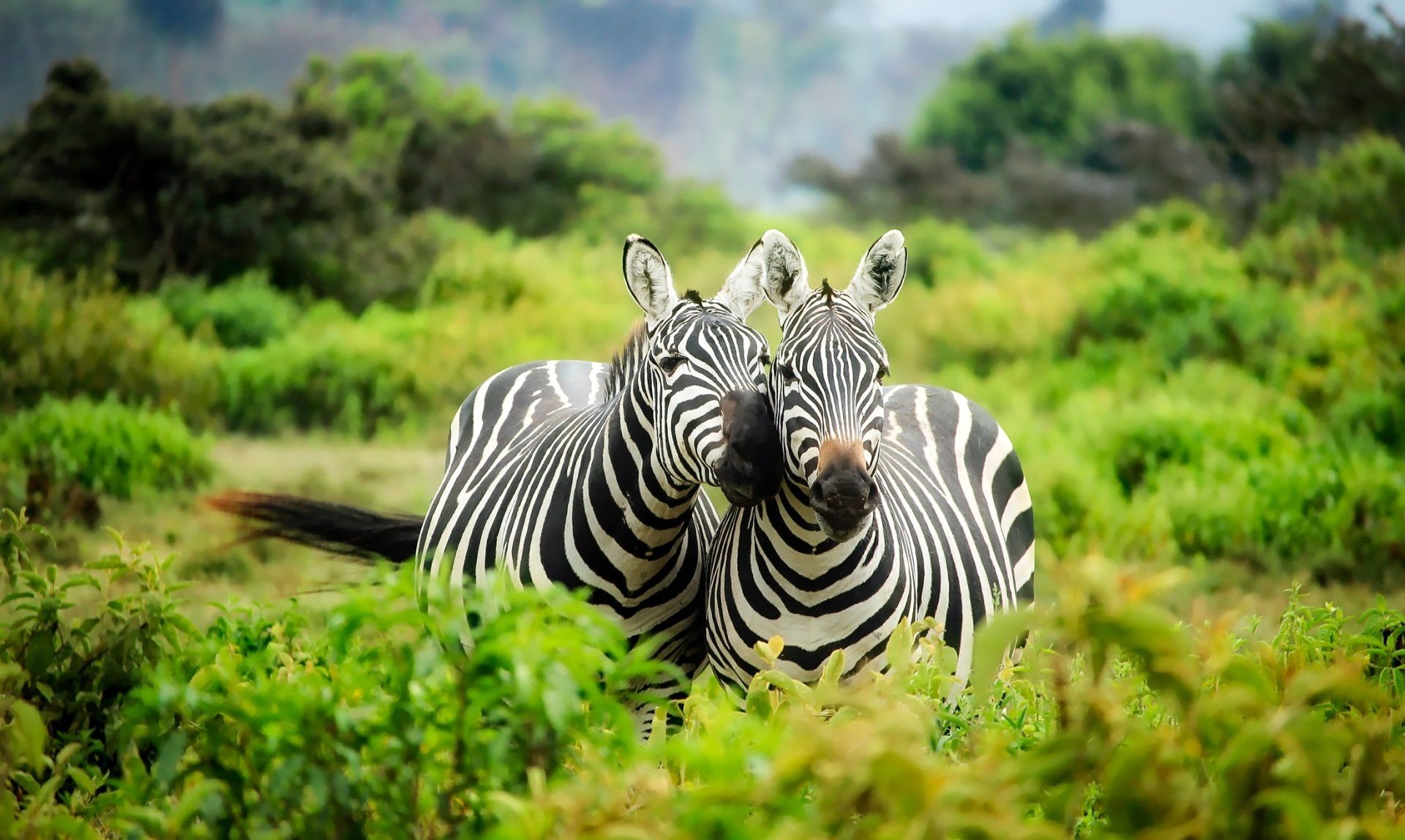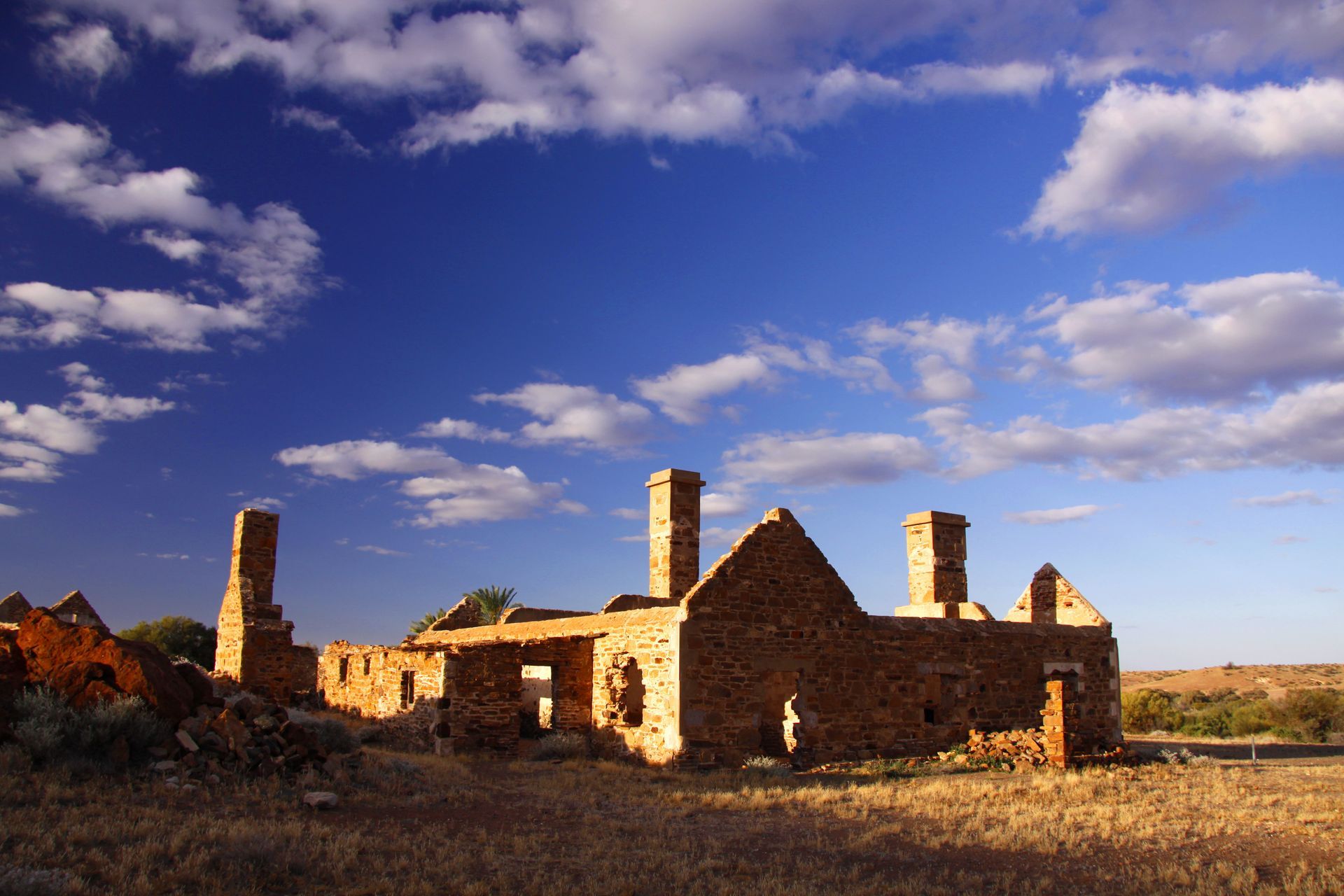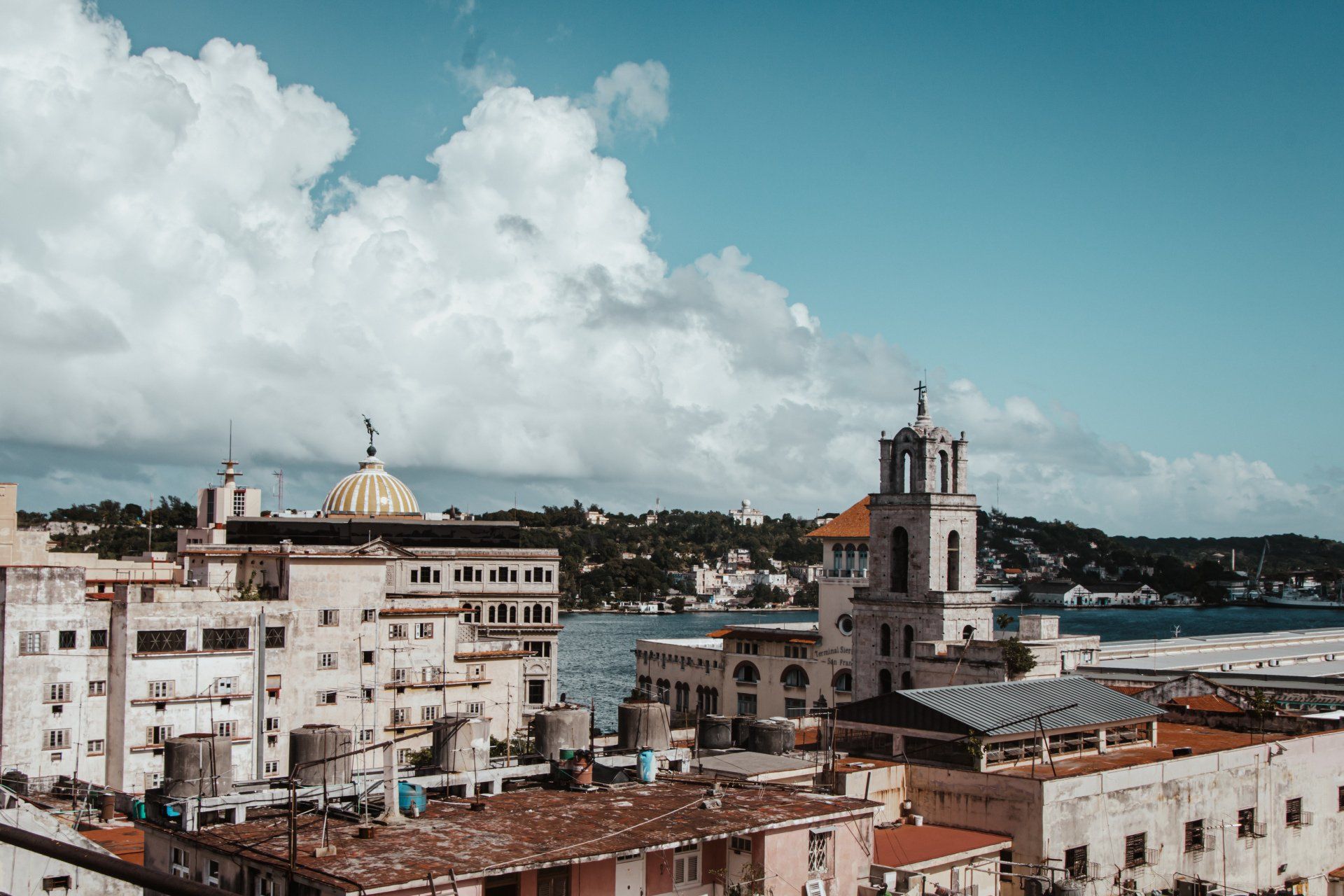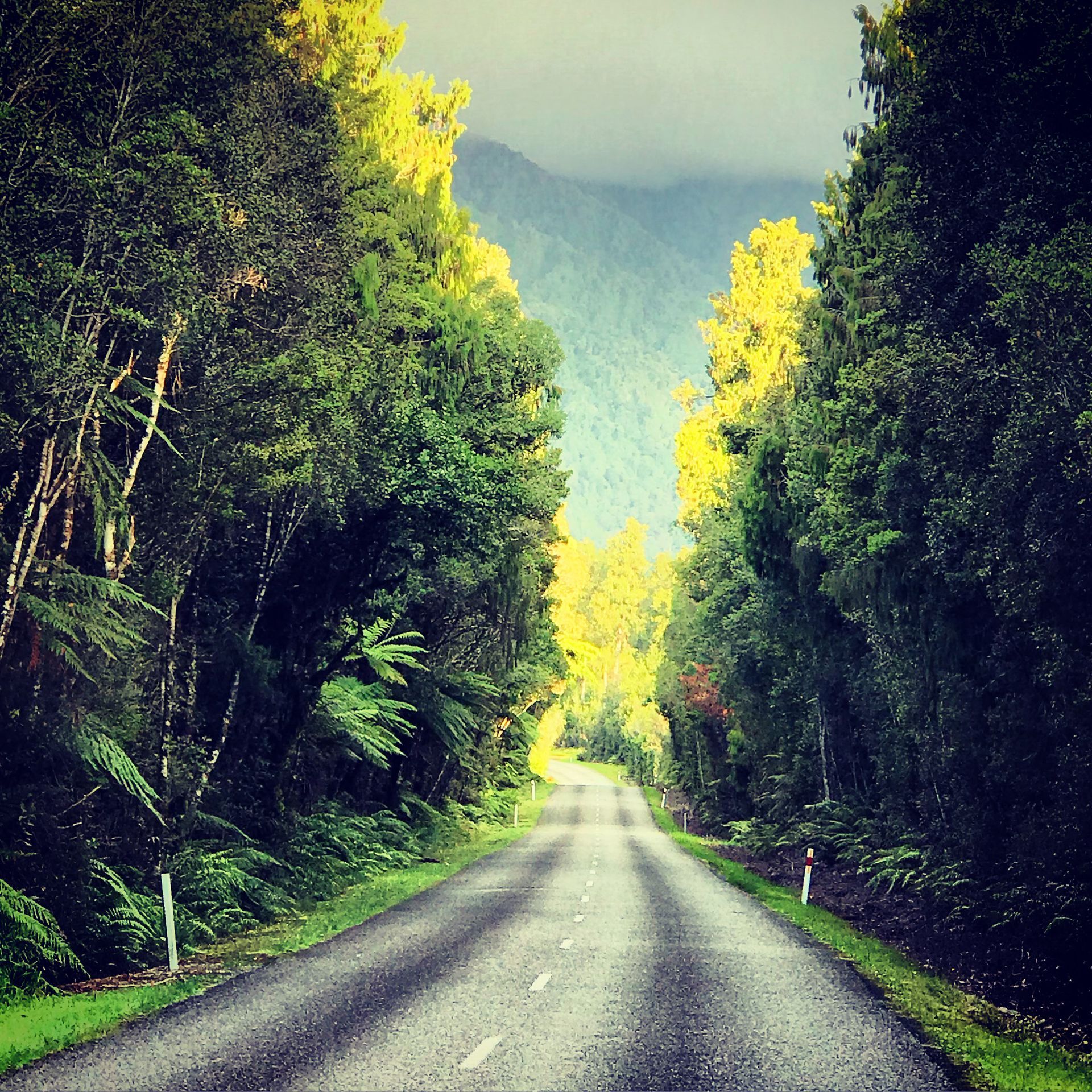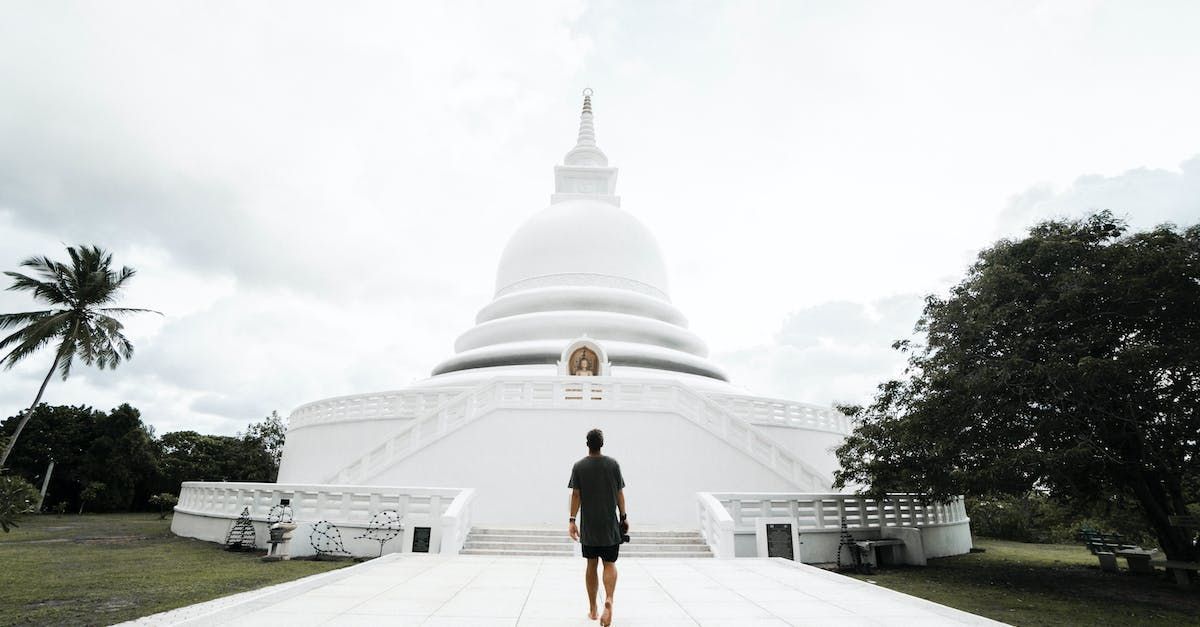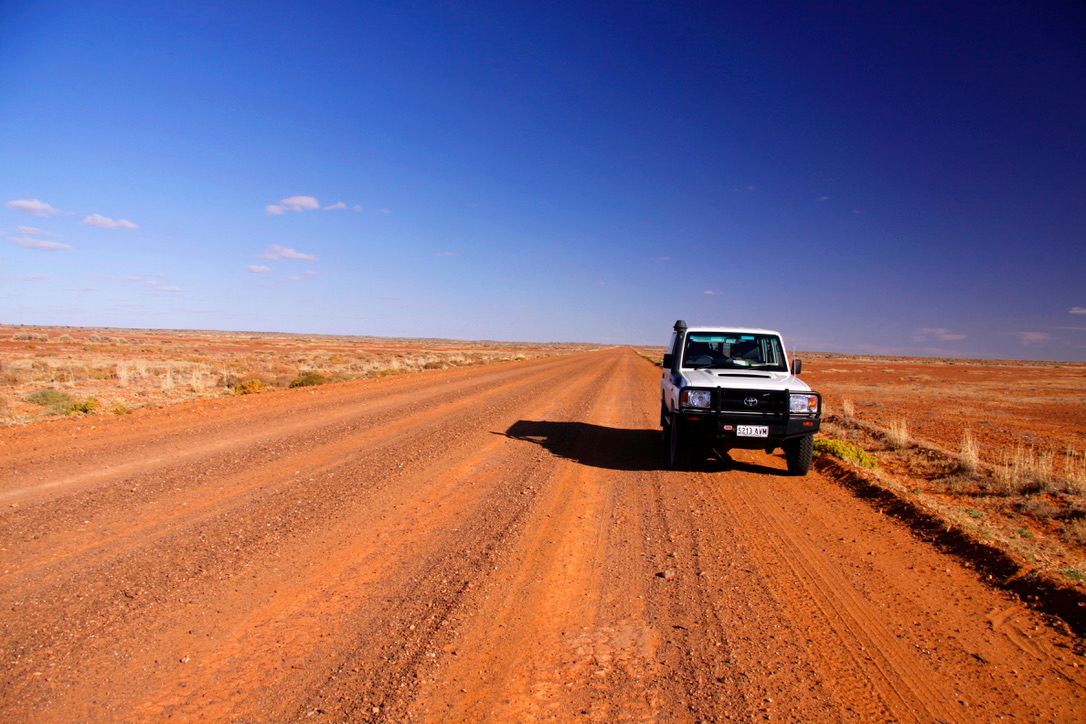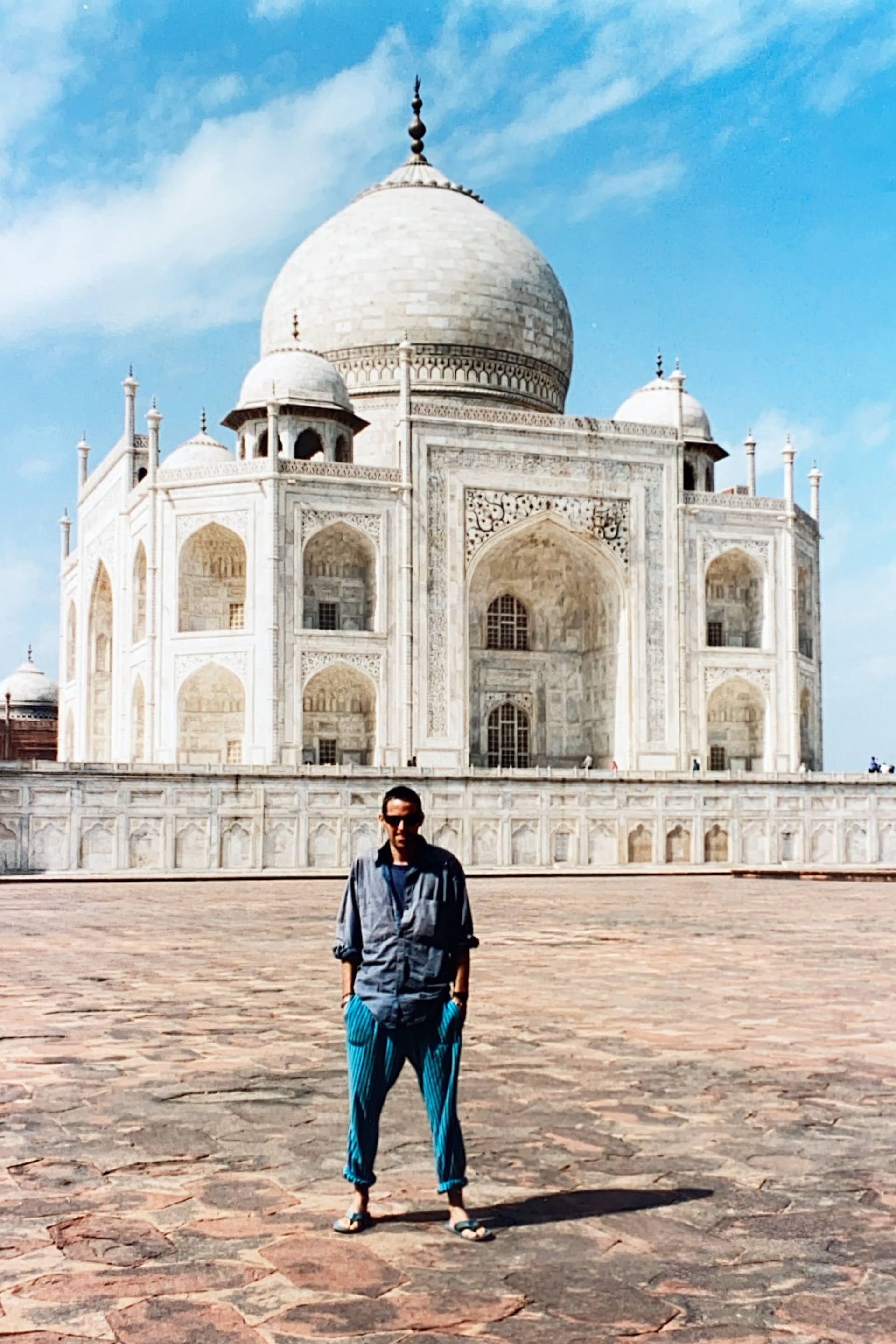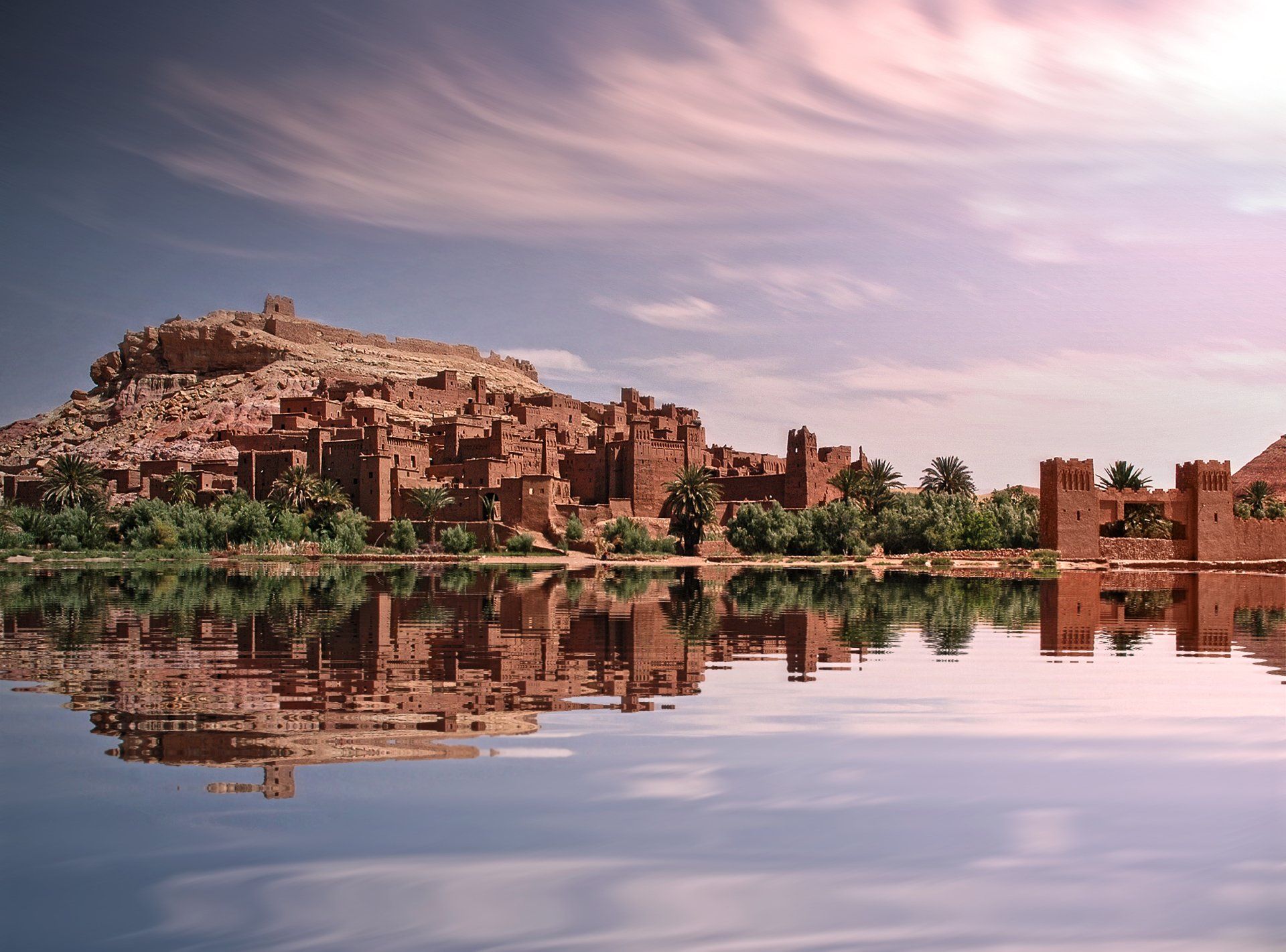Say, porter, when’s the next train down?
– Rudyard Kipling, My Sunday at Home
On the platform at Allahabad Railway Station I saw a dog asleep on a pile of luggage. Or perhaps it was bales of cotton, sewn up into jute parcels. Whatever they were, the dog looked very comfortable: stretched out like a cat in front of a fire.
In the linear world of India’s railway platforms life is condensed into the essentials: food, shelter, drink and movement. And cellphones. Everyone has a cellphone, from the lowliest sweeper to the fattest tycoon.
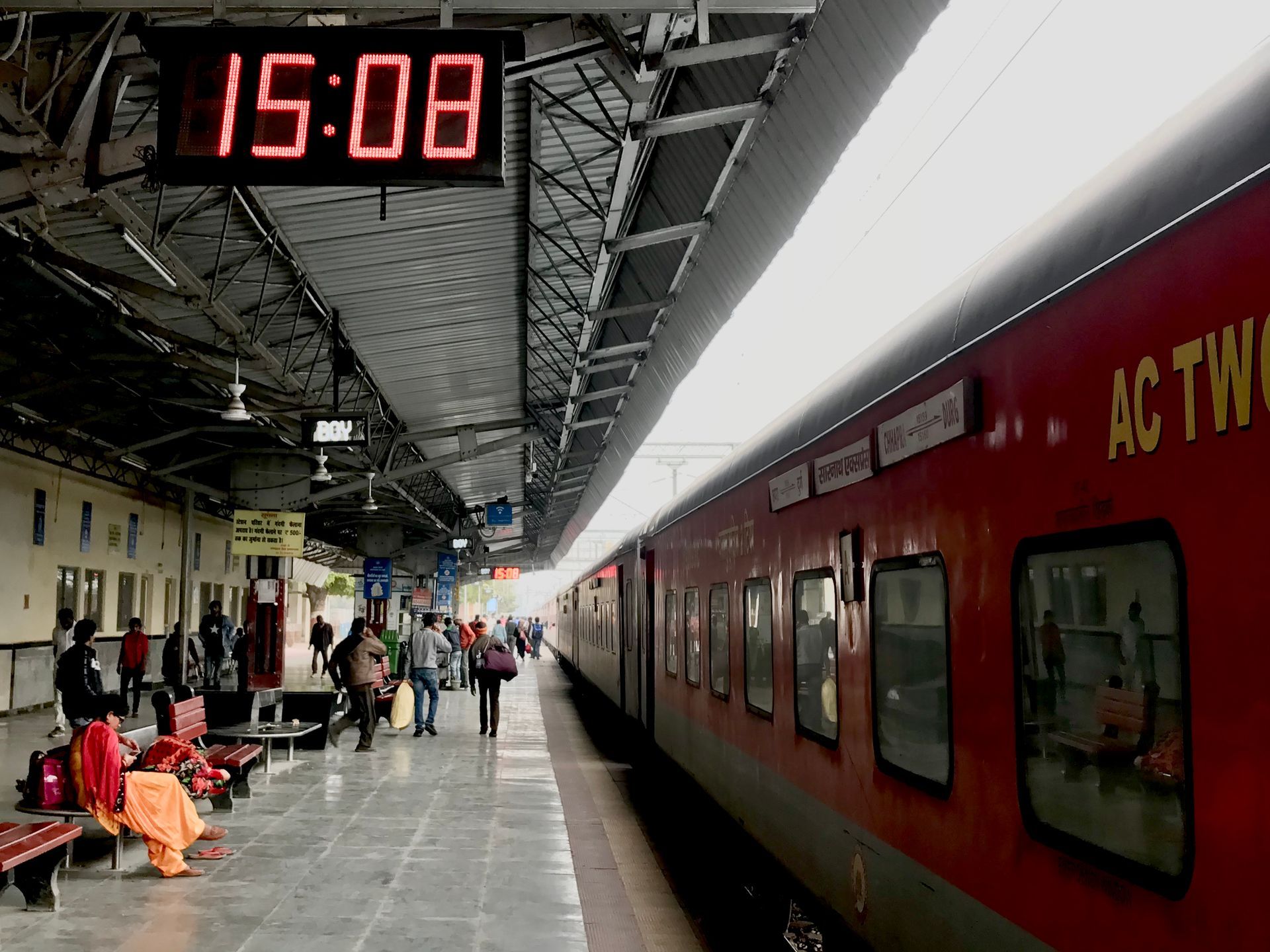
Stalls sell chai and chips, pakoras,and panni, biscuits and books. Hawkers ply the polished flagstones calling “chaiiiii….chaiiiii.” A team of green-shirted men sweep and mop and tidy: cleaning up the endless stream of rubbish dropped from train windows.
I caught a glimpse of another westerner through the open doors of a carriage standing on Platform Two. Or perhaps it was just a trick of the light. The dog slept on, oblivious of the activity around it. I had another two hours to wait until my train to Varanasi departed.
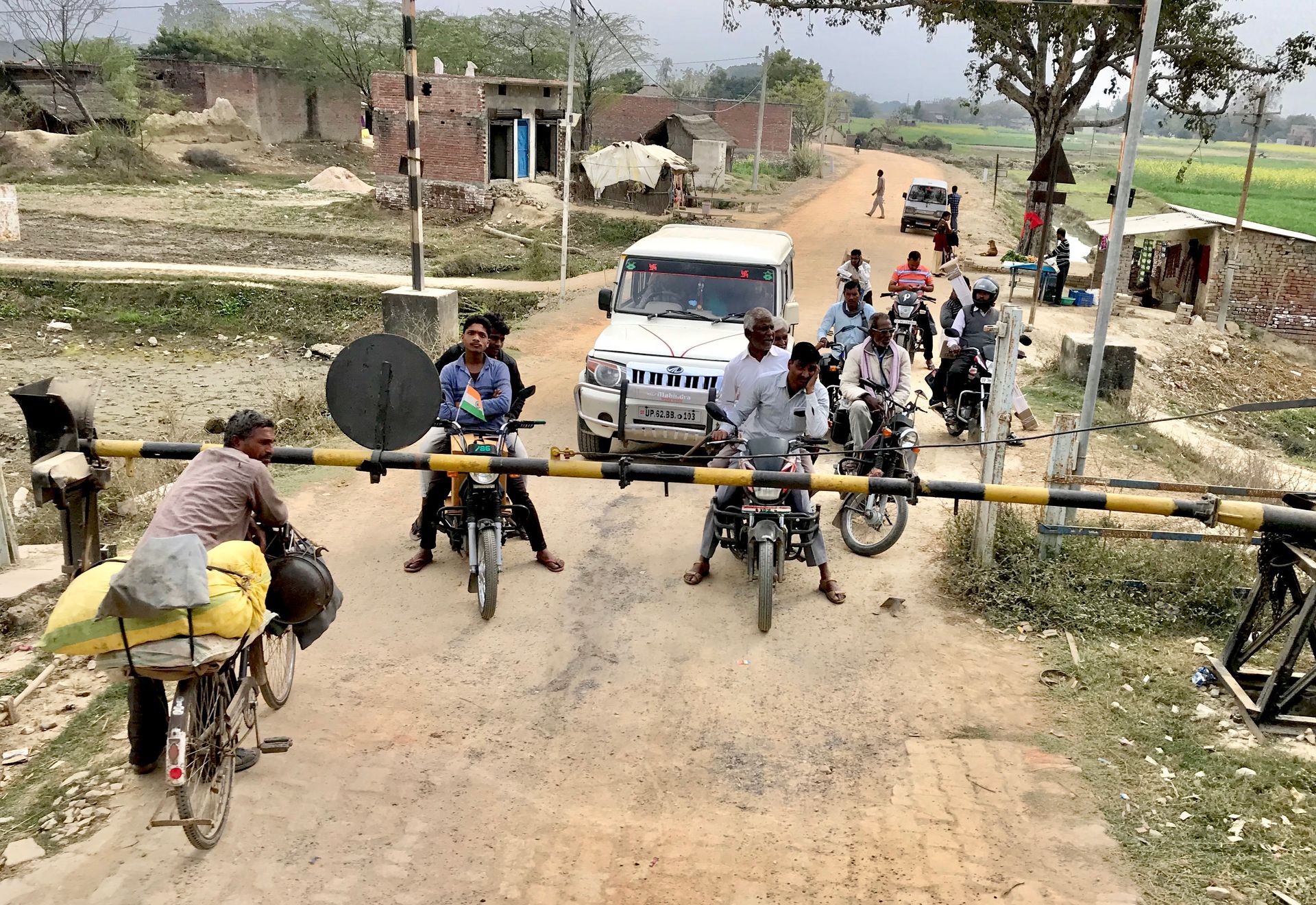
Trains have been an integral part of the Indian transport system since they were introduced by the British in 1837. The first train was named the Red Hills Railway and was opened in 1837. It carried quarried granite from the Red Hills to Madras. The first passenger train began operating in Bombay (now Mumbai) on April 16th, 1853. Today, India’s network of railways is the fourth largest in the world, comprising 121,471 kilometres of track covering a distance of 67,368 kilometres. India Railway operates over 20,000 passenger services per day from 7,349 stations across the subcontinent.
My desire to travel across India by train is heavily influenced by the writing of Paul Theroux, whose book The Great Railway Bazaar
was one of the primary inspirations for my becoming a travel writer. The works of the historians Michael Wood, Dan Snow and William Dalrymple have also been pivotal in the development of my interest in India.
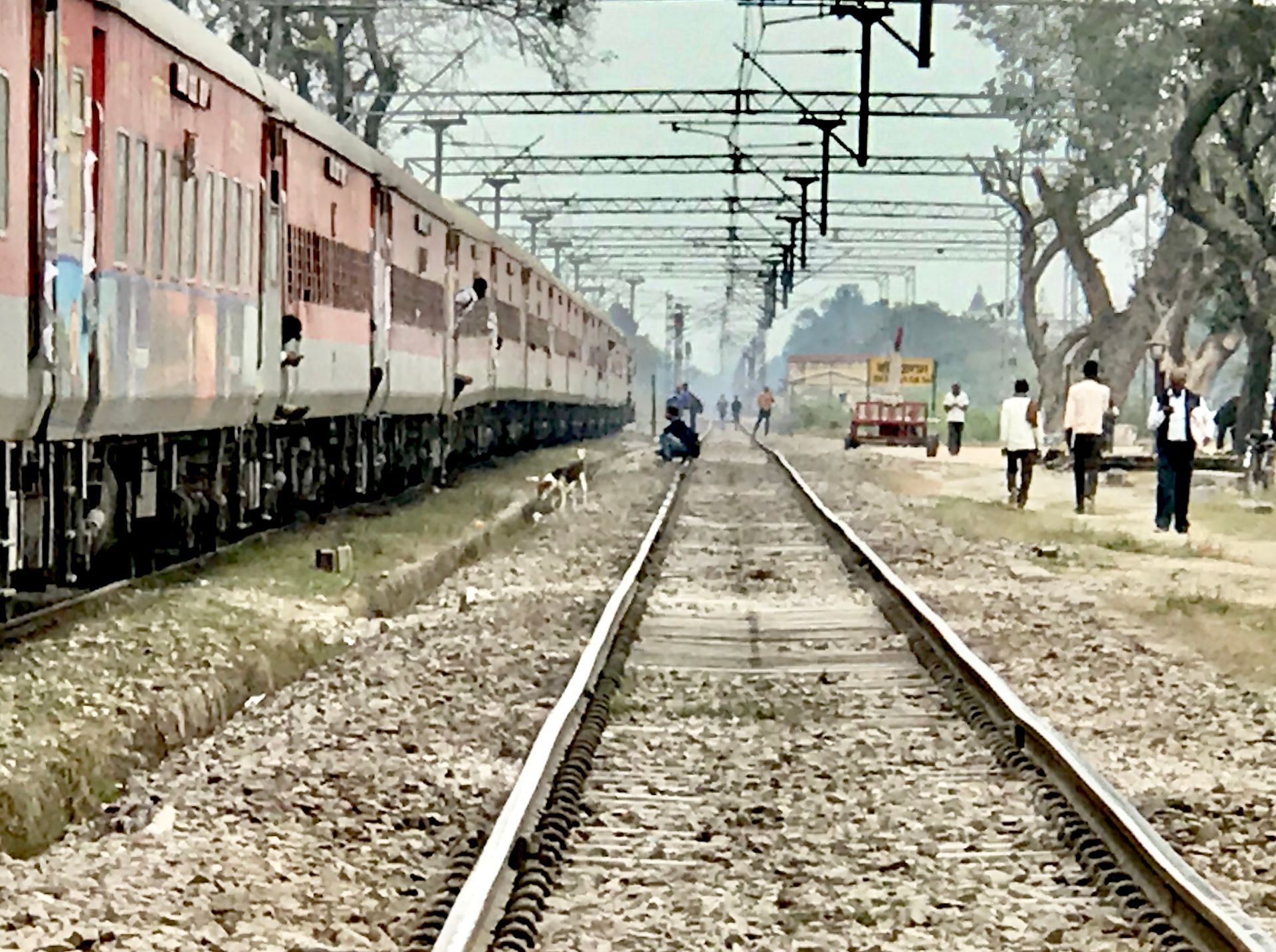
From my Second Class air conditioned bunk I watched Uttar Pradesh spool past outside. On the outskirts of the city, filthy suburbs of shanties built from junk gave way to a scrubby, litter-strewn hinterland where pigs, dogs, cows and goats picked through the refuse for digestible tidbits. The train rattled across the Ganges on a steel bridge. On the silty river flats people had buried their dead. Rectangular garlands of orange and yellow surrounded each grave. Mother Ganges would come for them during the Monsoon.
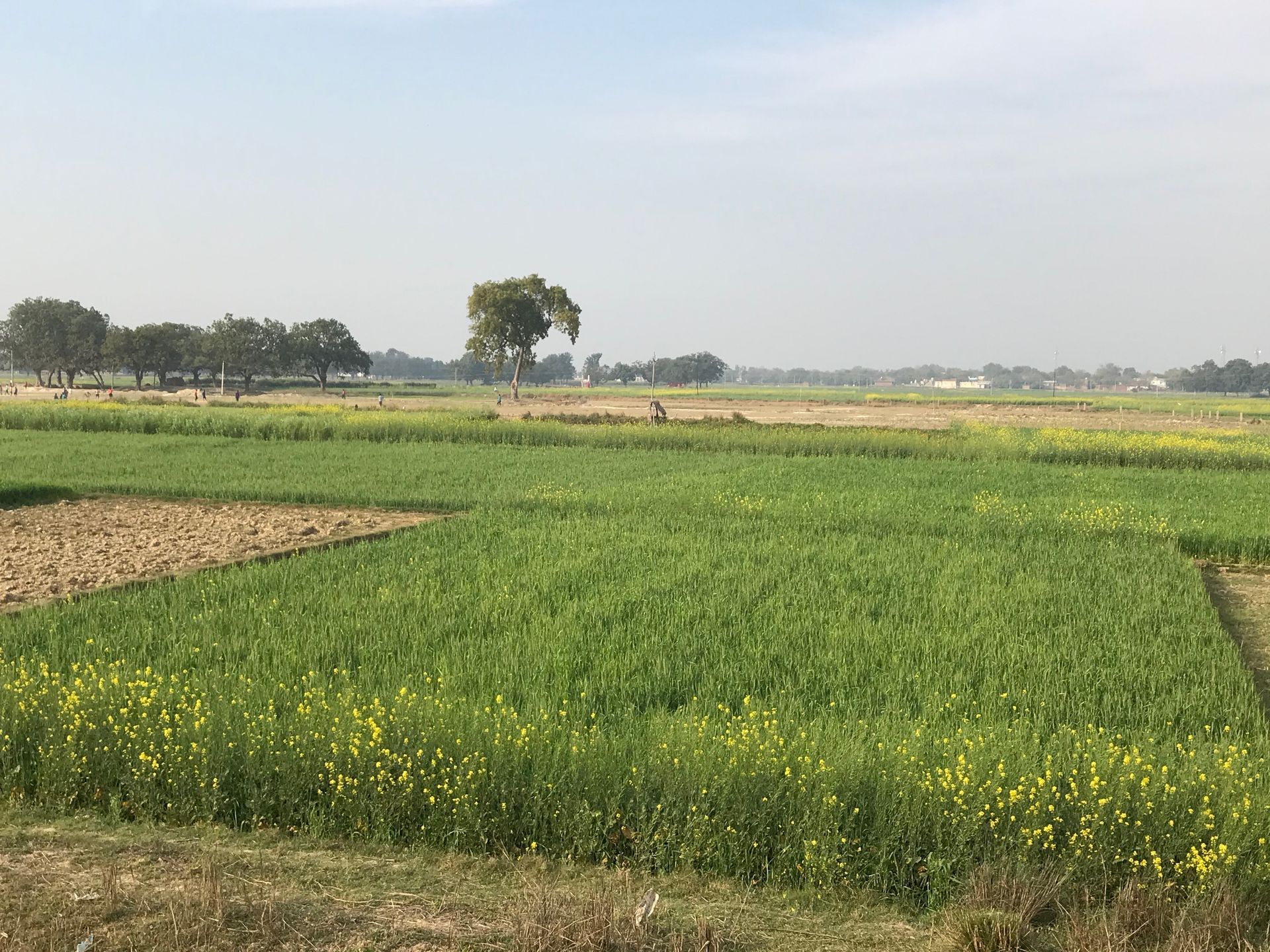
And then the countryside, flat and fecund, gleaming with water. Fields of bright yellow mustard flowers waved on their tall pale green stalks under a sky of featureless silver-grey haze. A girl in a lime green sari pumping water by hand from a well. Stooks of maize stalks and brown domino rows of cow shit, patted into patties and set out too dry. The white exclamation point of a brick kiln chimney. A man in a white dhoti whacking listlessly at the dusty weeds beside a substation. Battalions of pylons marching into the distance. Black and white goats on the edge of a paddy field. Life-giving water shining on the yellow clay.
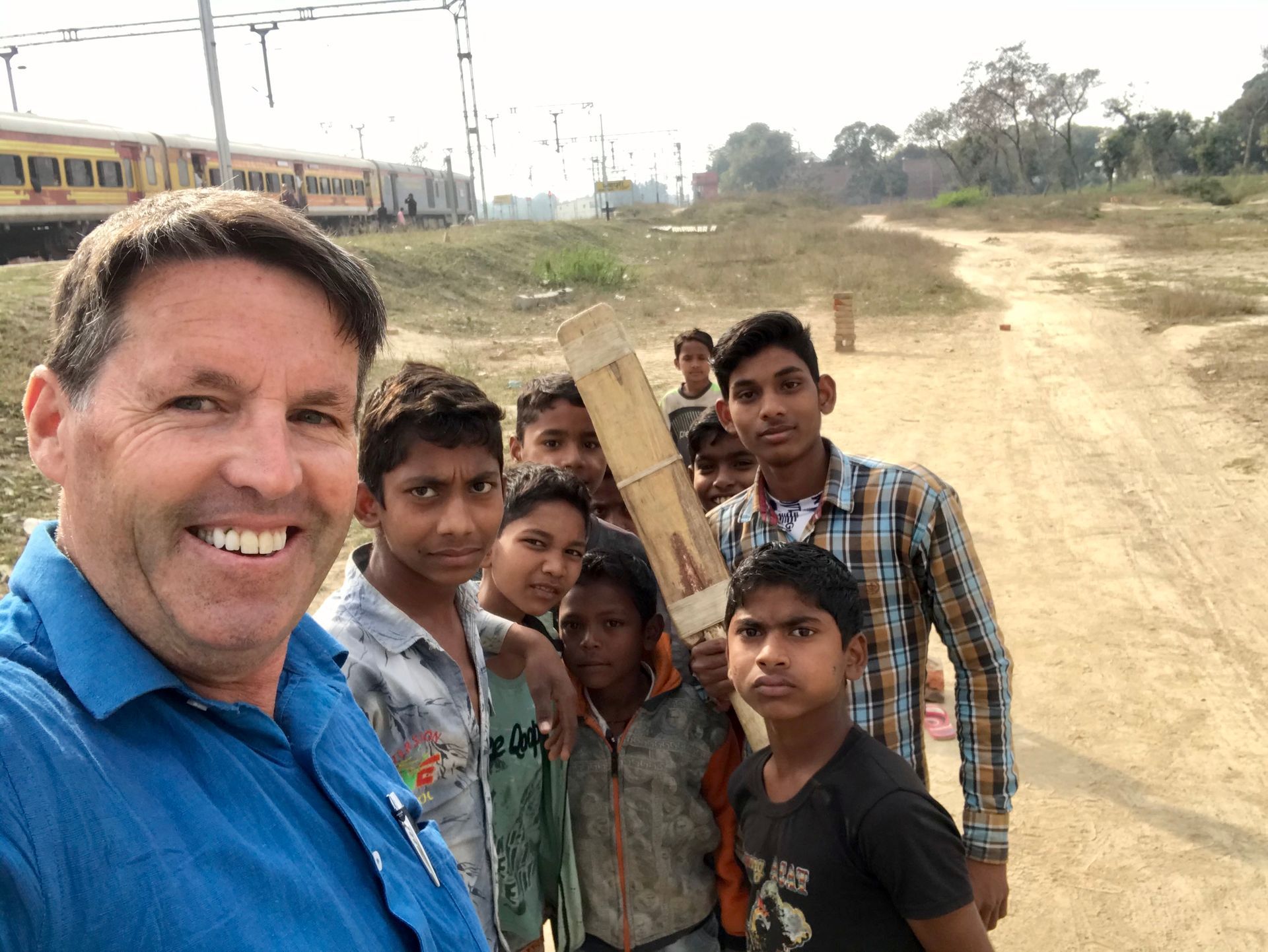
Some kids were playing cricket on a dirt pitch beside the line where the train stopped for some reason. I climbed down from the carriage and bowled two balls: New Zealand versus India replicated in the dust with a single bat and a pile of bricks for stumps.
I talked to a woman in a beautiful yellow sari. She gave me some jackfruit curry and two chapatis.And then the linear world of the Nandigram Express was at Varanasi Junction and I was back out on another platform.
